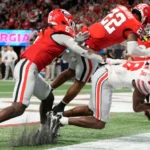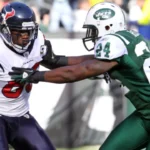Search Your Defensive Back Topic

Tackling is A Part of this DB Thing…. Learn How
Tacking is not an issue I tackle a lot on this blog but I should. The emphasis around here is on coverage and being in the right place to make a play on the ball when it is thrown. However, tackling in the secondary has taken on even greater importance in thi...
Read More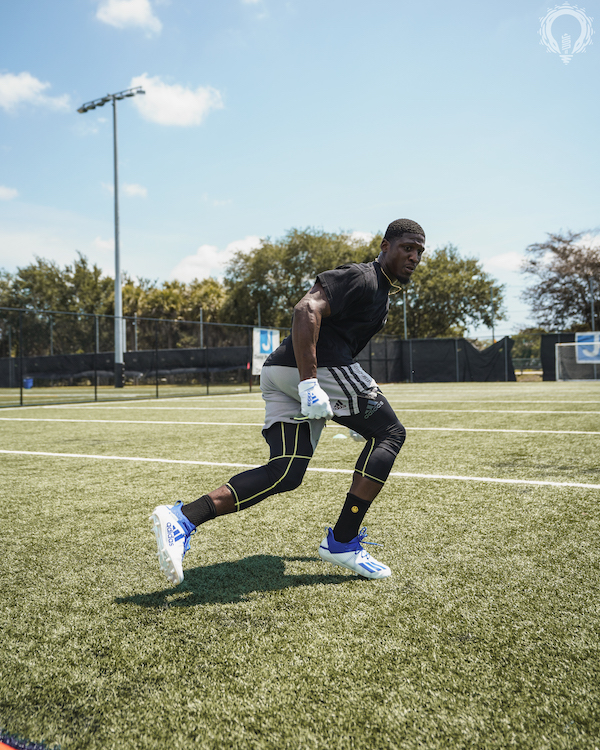
Do This to Improve Your Defensive Back Footwork
By: Chad Wilson Owner All Eyes DB Camp Whether you’re shadowing a receiver in man coverage or reading the quarterback’s eyes in zone defense, your footwork sets the foundation for success as a defensive back. In this article, we’ll explore key techniques and ...
Read More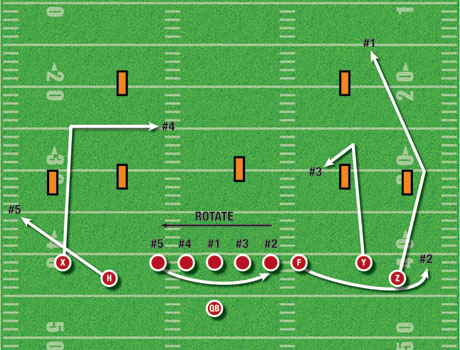
What is the Air Raid Offense?
By: Chad Wilson Owner: All Eyes DB Camp If you have been watching and paying attention to football, college football in particular, over the last few years, you have no doubt heard about the Air Raid offense. It has been largely responsible for the expl...
Read More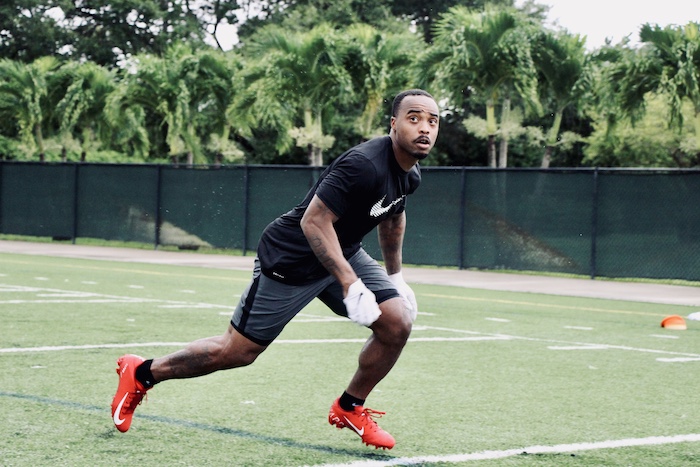
Paying Attention to this One Thing as a DB Can Speed Your Feet Up 10x
By: Chad Wilson Owner All Eyes DB Camp When the offseason hits, the evaluation of the in season starts. If you are a high quality player, you are going to cut the film on, watch yourself play and take a good look at where you need to improve. For ...
Read More
The Evolution of Quarters Coverage in Football
By: Chad Wilson All Eyes DB Camp IG: @alleyesdbcamp In the ever-evolving landscape of football strategy, defensive specialists continually strive to develop schemes that can effectively counter the dynamic offenses of the modern game. One defensive strategy that has undergone ...
Read More
Top 10 BallHawks in DB History
If you play or coach the position of defensive back, you know that there is no better feeling than getting your hands on the football. Some guys are better at it than others and in this article we will honor the best ballhawks to ever play the game. Getting interce...
Read More
Mastering the Art of Man Coverage
As a defensive back, excelling in man coverage requires a combination of athleticism, technique, and football IQ. In this guide, I will break down the essential elements of playing man coverage effectively. Some of these things are very basic but they bear repeatin...
Read More
How to Disguise Defenses and Mess Up the Offense
By: Chad Wilson – Owner – All Eyes DB Camp IG: @alleyesdbcamp Disguising coverage is a critical aspect of defensive strategy, as it can confuse quarterbacks and disrupt offensive plays. As a defensive back, coach or coordinator, here are some effective ways t...
Read More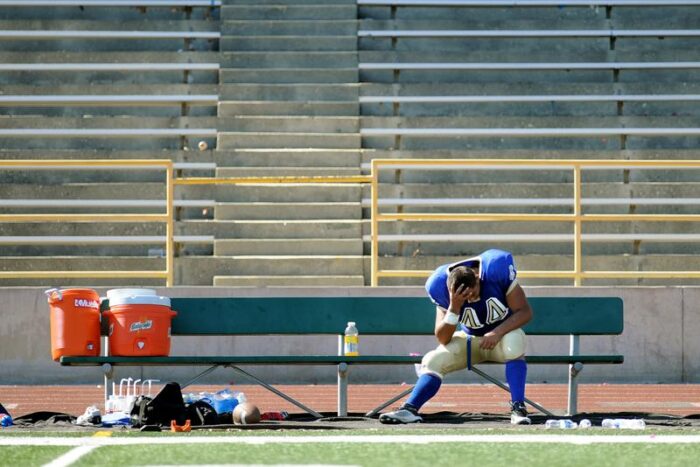
You’re Not A Starter and That Won’t Change …
By: Chad Wilson – Owner All Eyes DB Camp IG: @alleyesdbcamp Do I have your attention? I should. You have been toiling around on the lower part of the depth chart and are failing to make an impact. Most guys in this position have a ready-list of outside reason...
Read More

